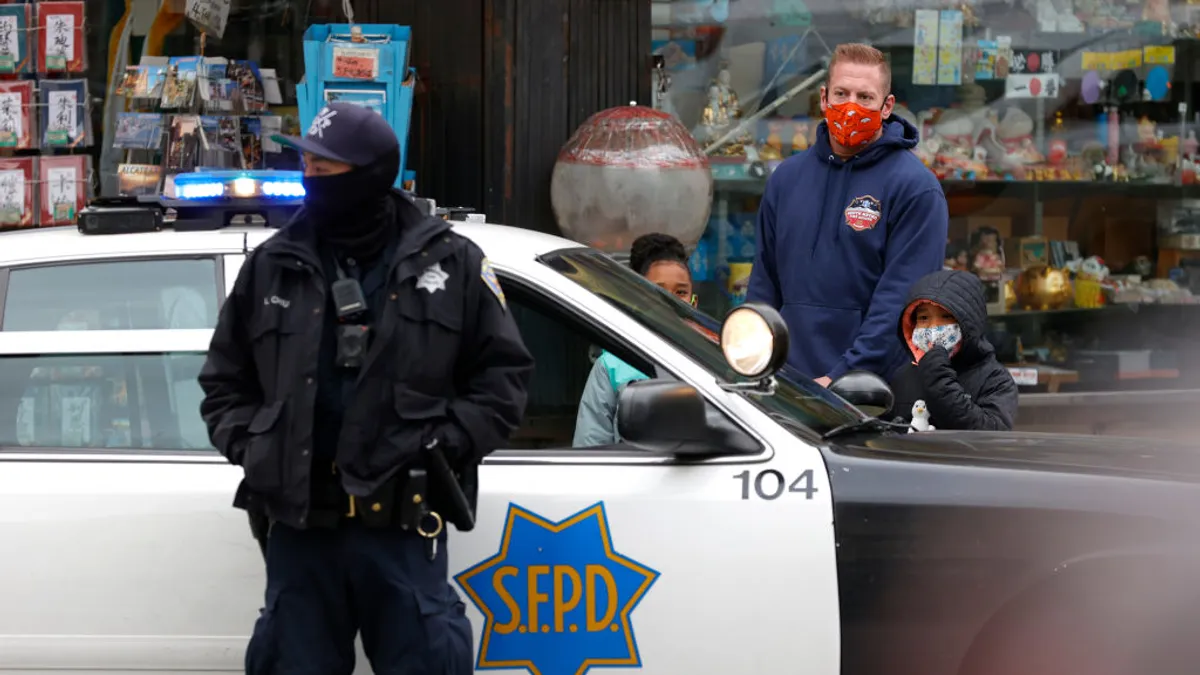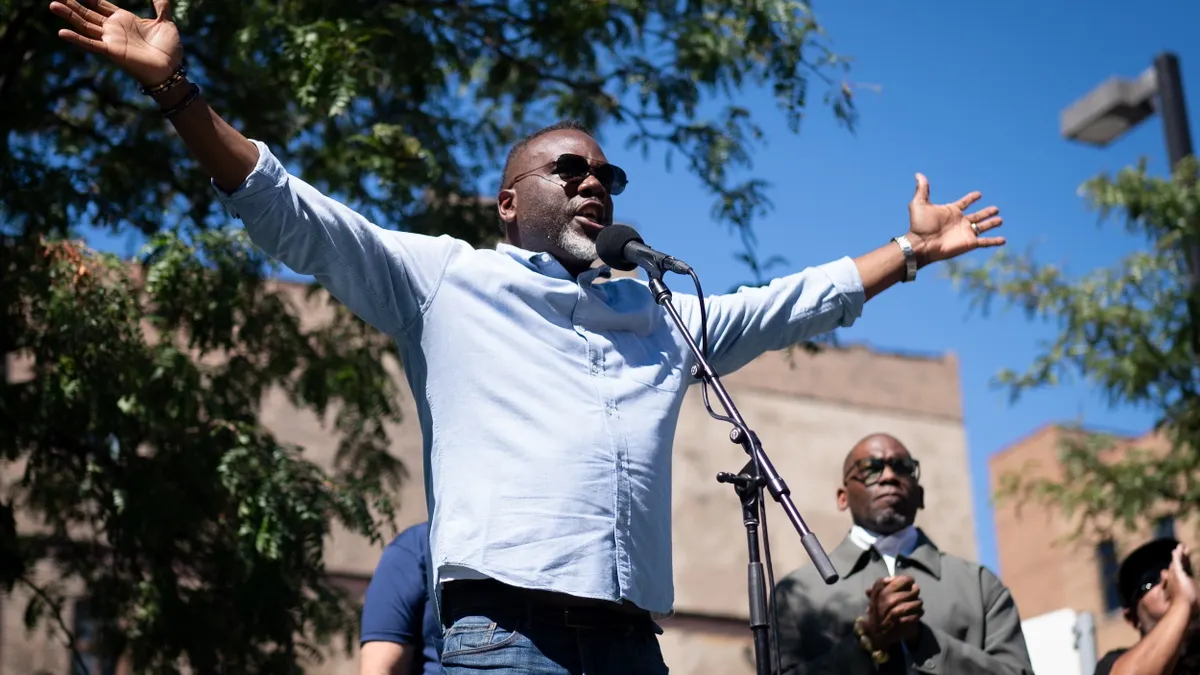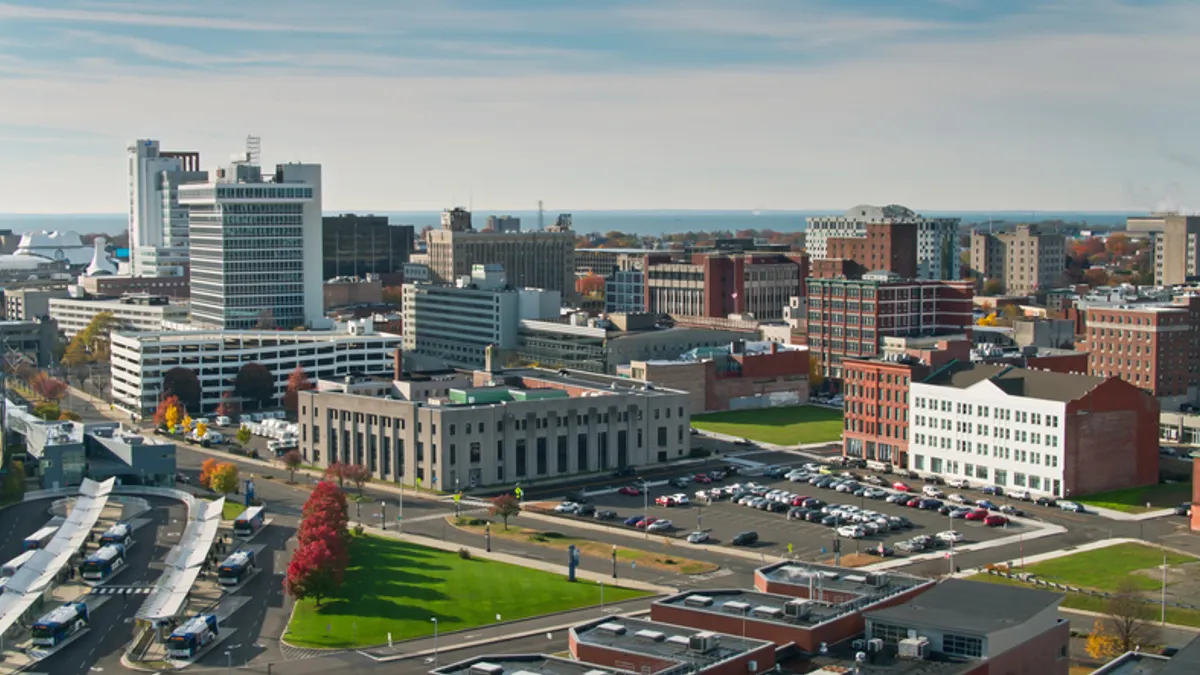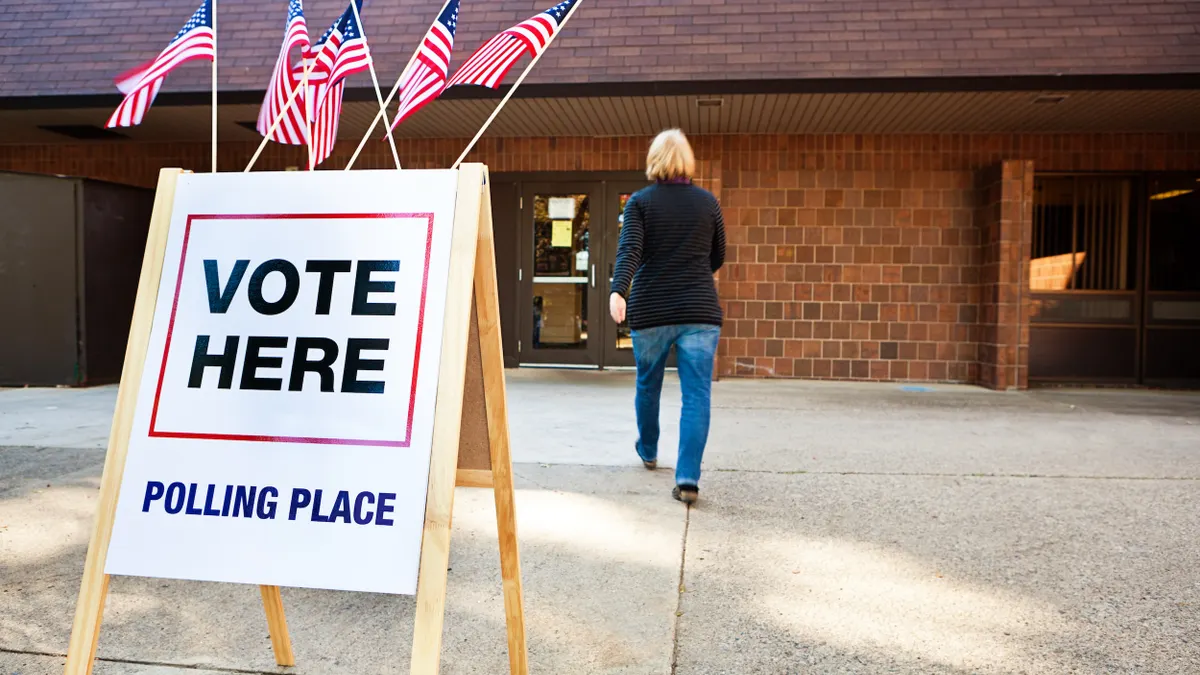In mid-December, San Francisco's Democratic Mayor London Breed declared a state of emergency in the Tenderloin neighborhood, a low-income district in the northeast corner of the city. Breed attributed the crackdown to a documented increase in crime, skyrocketing overdose rates and conversations with neighborhood families who felt threatened.
"We can’t be a place where anything goes on the street," Breed wrote in a Medium post a few days before she took that action. "San Francisco is a compassionate city, but our compassion cannot be mistaken for weakness or indifference."
While overdose deaths have surged nationwide during the Covid-19 pandemic, San Francisco has statistically fared the worst. In 2020, 712 people in the city died from accidental drug overdoses, over twice the number who died from Covid-19 that year. The historically drug-tolerant city has been hit hard in the last few years, since the introduction of fentanyl. The synthetic opioid, as much as 100 times stronger than morphine, is a factor in the majority of the city’s overdose deaths. According to Breed, police confiscated 23 kilos of the "catastrophic killer" in 2021, over four times the amount confiscated in 2020.
To combat the crisis, Breed introduced a list of initiatives that included emergency funding for the San Francisco Police Department and fewer limits on surveillance for law enforcement.
The citywide increase in police funding comes just a year and a half after a summer of racial reckoning led many to upend long-held assumptions about the role of law enforcement and to reimagine the future of public safety. In 2020, cities across the U.S. slashed police budgets: New York cut $1 billion from its 2021 budget; Los Angeles cut $150 million; Washington, D.C. cut $15 million; San Francisco slashed $120 million from law enforcement, diverting the funds to efforts, including economic opportunities, housing, and health care, aimed at addressing inequities.
But in 2021, each of these cities reversed course and increased its police budget. Mayor Ted Wheeler of Portland, Oregon, promised to defund three city police units in June 2020, cutting $15 million; in November 2021, Wheeler announced a $5 million budget increase for the police department. In a press announcement, he pointed to rising crime rates, stating that "Parents are scared to let their children play outside."
While Breed’s strategies echo a reinvestment in law enforcement happening in major cities nationwide, research shows funding harm-reduction interventions and mental health services can better serve communities. A new study by the Center for Popular Democracy says police-only strategies haven’t helped reduce addiction. Instead, rates of drug use have remained "largely constant" while overdose deaths have "significantly worsened."
“You can’t arrest your way through a crisis,” said Vinay Krishnan, a national field organizer for the center in New York City, where the nation’s first supervised injection sites opened in November. "We should continue investing in harm reduction, syringe exchange programs and safe consumption programs,” said Krishnan, citing the success of the two clinics’ first day of operations, in which staff members reversed two overdoses.
While expanding these programs could reduce overdose rates, the conversation around overpolicing these communities is continuing beyond city budgets. Minister JaNae’ Bates worked as communications director of the Yes 4 Minneapolis campaign, a 2021 ballot initiative to replace the Minneapolis Police Department with a department of public safety that failed with 43% of the vote. Bates said policing and public safety need to be differentiated as two distinct approaches to law enforcement.
“Even though we pour more money into a police-only model, we get worse results, and of course, this gravely impacts communities of color, and Black communities especially," said Bates. Instead of promoting what Bates called "bumper-sticker slogans" like "Defund the Police," the Yes 4 Minneapolis campaign called for a fully integrated department where police would work with qualified professionals like social workers, mental health professionals and violence interrupters. While Minneapolis Mayor Jacob Frey was once starkly against the ballot initiative, he changed his tune once the campaign’s talking points – how to lower violence rates and make residents feel safe enough to call the police if and when needed – gained traction, Bates said.
"One of the sad but joyful things is, we didn’t electorally lose because we were told our ideas were fantasies or not doable or crazy," said Bates. "We lost because our opposition said ‘we can do all that.’ They co-opted all of our talking points." Now, Bates said, the reelected mayor will have to cobble together a public safety program composed of more than just police officers.
Howard Henderson, the founding director of the Center for Justice Research at Texas Southern University, said the controversy over decisions to increase police funding nationwide reflects a political war divided into two camps: one side promoting more police as a solution to crime, and the other side emphasizing rehabilitative initiatives and social services exclusively.
"Nobody wants to say we need a combination of both," said Henderson, who believes San Francisco’s Breed might strike that balance. "I think she [Breed] is doing the best she can walking down the middle of the road, trying to solve as many problems as she can with the time she has."




















